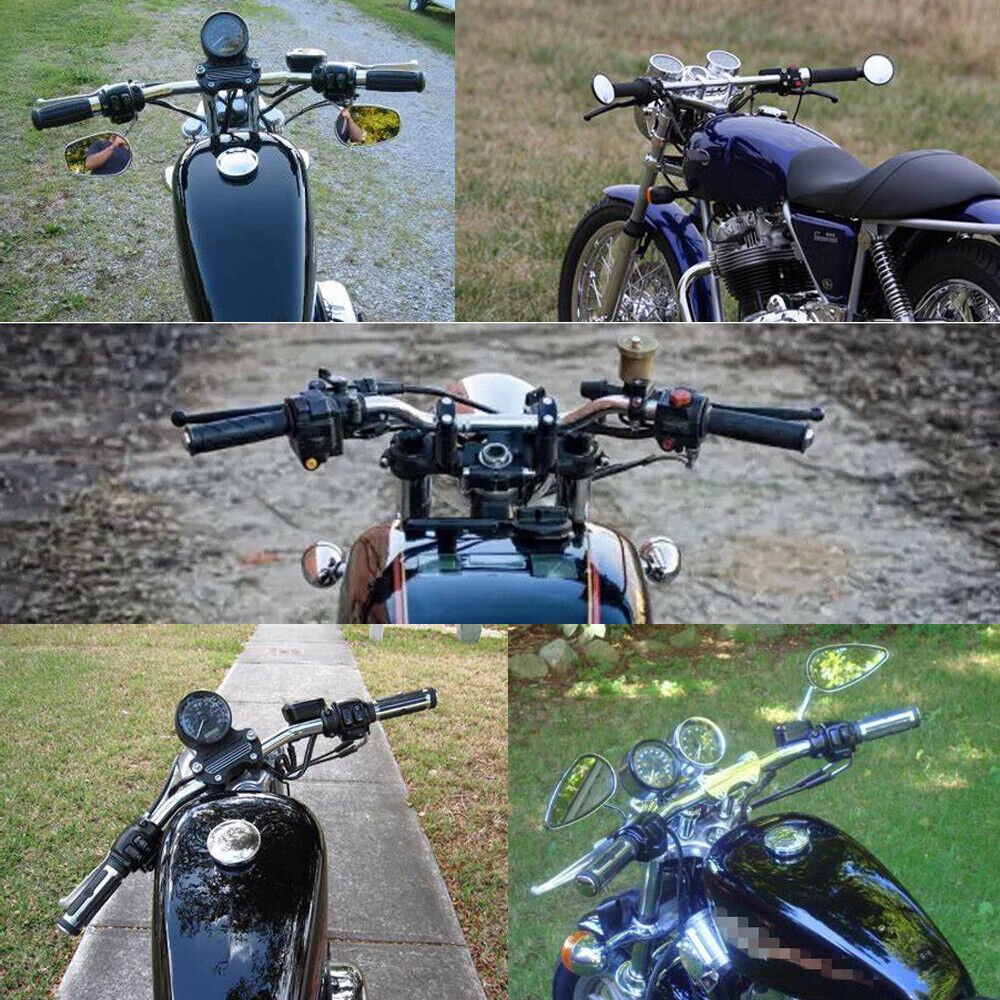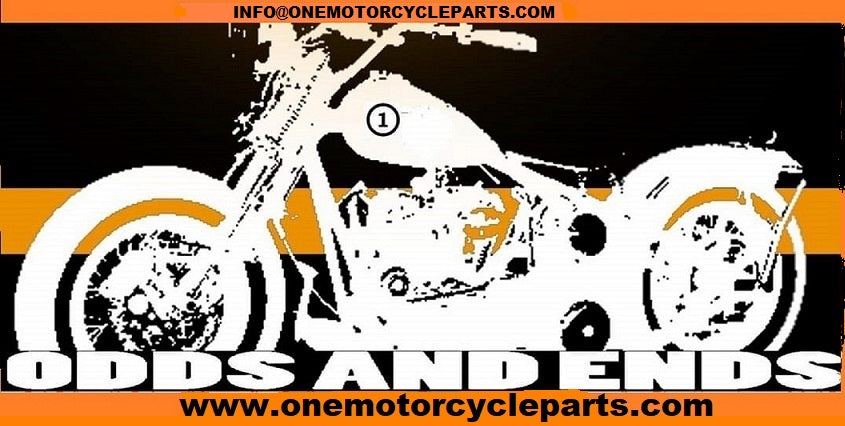
How to Choose the Best Drag Bars for Your Sportster
Share
If you’re looking for a way to give your Sportster a more aggressive and minimalist look, you might want to consider installing drag bars on your bike. Drag bars are a type of handlebar that are straight and low, giving you a forward-leaning riding position that reduces wind resistance and improves handling. Drag bars are also a great way to customize your bike and express your style.
But how do you choose the best drag bars for your Sportster? There are many factors to consider, such as the size, shape, color, material, and installation of the bars. In this blog post, we’ll give you some tips and recommendations on how to find the perfect drag bars for your ride.
Size
The size of the drag bars refers to their diameter, length, rise, and pullback. The diameter is the thickness of the bar, which affects how it fits into the clamps and controls. The length is the distance from one end of the bar to the other, which affects how wide your grip is. The rise is the height of the bar from the base of the clamp, which affects how low or high you have to reach. The pullback is the distance that the bar bends back towards you, which affects how far or close you have to lean.
The size of the drag bars you choose depends on your personal preference and comfort, as well as the compatibility with your bike. Generally, drag bars have a diameter of either 7/8" or 1", so you need to make sure that your clamps and controls match the diameter of the bar. You also need to check that the length of the bar does not interfere with your tank or mirrors and that the rise and pullback suit your posture and arm length.
Shape
The shape of the drag bars refers to their curvature and angle, which affect how they look and feel on your bike. Drag bars can have different shapes, such as straight, Z-shaped, T-shaped, or A-shaped. Straight drag bars are the simplest and most common type, which have no bends or angles. Z-shaped drag bars have two bends at each end that form a Z-like shape. T-shaped drag bars have one bend at each end that forms a T-like shape. A-shaped drag bars have two bends at each end that form an A-like shape.
The shape of the drag bars you choose depends on your personal preference and style, as well as the compatibility with your bike. Generally, straight drag bars are the most versatile and easy-to-install type, which can fit most bikes and riders. Z-shaped drag bars are the more stylish and sporty type, which can give you more leverage and control over your bike. T-shaped drag bars are more comfortable and ergonomic type, which can reduce wrist fatigue and strain. A-shaped drag bars are more unique and custom-type, which can give you more options for adjusting your riding position.
Color
The color of the drag bars refers to their finish or coating, which affects how they blend in or stand out on your bike. Drag bars can have different colors, such as black, chrome, silver, gold, or custom colors. Black drag bars are the most popular and classic type, which can give your bike a sleek and stealthy look. Chrome drag bars are more shiny and flashy type, which can give your bike a bright and eye-catching look. Silver drag bars are more neutral and subtle type, which can give your bike a clean and modern look. Gold drag bars are more luxurious and exotic type, which can give your bike a rich and elegant look. Custom colors are a more personal and creative type, which can give your bike a unique and original look.
The color of the drag bars you choose depends on your personal preference and style, as well as the color scheme of your bike. Generally, you want to choose a color that complements or contrasts your bike’s paint, tank, seat, and other parts. You also want to consider the durability and maintenance of the color, as some finishes or coatings may fade, chip, or scratch over time.
Material
The material of the drag bars refers to their composition and quality, which affects how they perform and last on your bike. Drag bars can be made of different materials, such as steel, aluminum, iron, or carbon fiber. Steel drag bars are the most common and durable type, which can withstand high stress and impact. Aluminum drag bars are more lightweight and corrosion-resistant type, which can improve your bike’s handling and fuel efficiency. Iron drag bars are more rigid and sturdy type, which can provide more stability and control over your bike. Carbon fiber drag bars are a more advanced and expensive type, which can offer more strength and flexibility than metal bars.
The material of the drag bars you choose depends on your personal preference and budget, as well as the performance and quality of your bike. Generally, you want to choose a material that matches or exceeds the material of your bike’s frame, fork, and other parts. You also want to consider the weight and balance of the material, as some materials may be too heavy or light for your bike.
Installation
The installation of the drag bars refers to how easy or difficult it is to mount them on your bike. Drag bars can have different installation methods, such as bolt-on, clamp-on, or weld-on. Bolt-on drag bars are the easiest and most convenient type, which can be attached to your existing clamps and controls with bolts or screws. Clamp-on drag bars are more adjustable and customizable type, which can be secured to your fork tubes with clamps that allow you to change the angle and position of the bar. Weld-on drag bars are the most permanent and stable type, which can be fused to your frame or fork with welding.
The installation of the drag bars you choose depends on your personal preference and skill level, as well as the compatibility and safety of your bike. Generally, you want to choose an installation method that fits your bike’s specifications and requirements. You also want to consider the tools and equipment you need for the installation, as some methods may require professional assistance or special tools.
